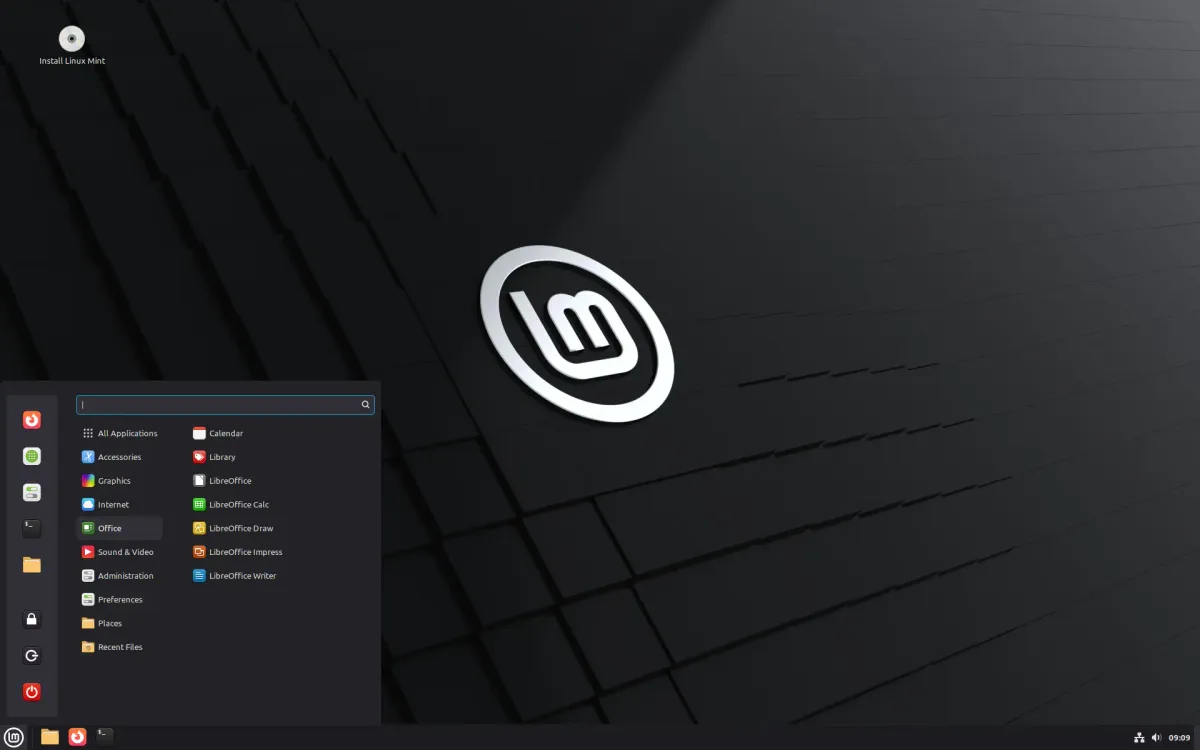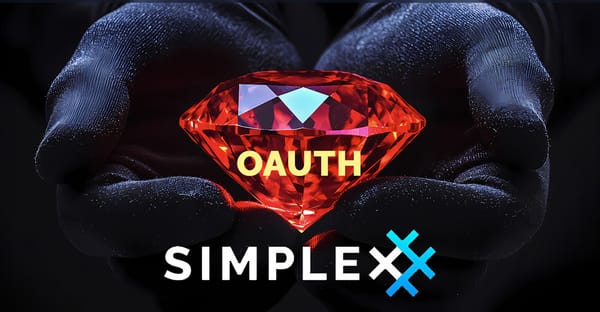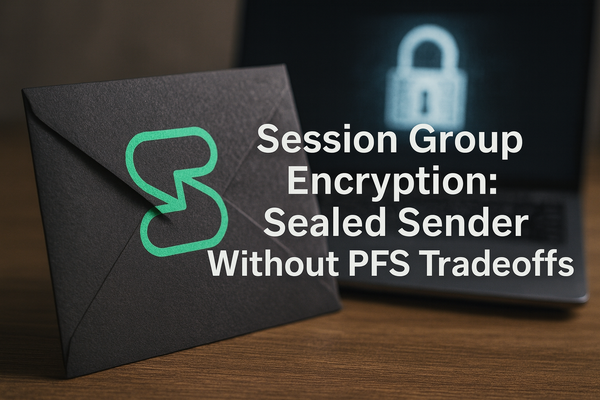LMDE 7 Ships Debian 13, Kernel 6.12 LTS, Real-Time Support
LMDE 7 "Gigi" released October 14, 2025 built on Debian 13 Trixie with Linux kernel 6.12 LTS, Cinnamon 6.4.12, and the first mainline real-time kernel support.

Linux Mint Debian Edition 7 "Gigi" shipped October 14, 2025 carrying Debian 13 "Trixie" released two months prior, Linux kernel 6.12 LTS, and Cinnamon 6.4.12. The distribution exists as insurance against Ubuntu disappearing, maintaining compatibility with Linux Mint's main edition while pulling packages directly from Debian.
LMDE serves a specific purpose: prove Linux Mint can survive without Ubuntu. (lfg) The project description states it ensures "Linux Mint would be able to continue to deliver the same user experience" if Canonical kills Ubuntu or makes changes incompatible with Mint's goals. Version 7 updates that hedge against single points of failure.
Debian 13 dropped August 9, 2025 with kernel 6.12, RISC-V 64-bit architecture support, and five years of official support extending to 2030. The LTS team will maintain security updates for two additional years after that. Debian 13 removed support for mipsel architecture and dropped installers for i386 and armel, cutting dead hardware targets.

Kernel 6.12 reached mainline November 17, 2024 and achieved LTS status shortly after with support lasting until December 2026. The release mainlined PREEMPT_RT real-time patches after 20 years of out-of-tree development. Real-time support enables deterministic latency for audio production, industrial control systems, and embedded devices requiring guaranteed response times. Available for x86/x86_64, ARM64, and RISC-V.
The kernel added sched_ext, a new scheduling class allowing custom scheduling policies via BPF programs. This lets users and developers implement scheduling algorithms without recompiling the kernel or maintaining out-of-tree patches. Previous attempts at pluggable schedulers never merged upstream. This one did because it isolates custom schedulers from core kernel code using BPF's safety guarantees.

Hardware support expanded significantly. Intel Xe2 graphics for Core Ultra 200 Series "Lunar Lake" and upcoming Battlemage discrete GPUs work by default. AMD RDNA 4 support arrived early, giving next-generation GPUs functional drivers at launch. Raspberry Pi 5 gained mainline support, eliminating the need for vendor-specific kernels. ARM64 Surface devices, Dell laptop battery charge controls, and ASUS Vivobook fan profiles all received kernel support.
Cinnamon 6.4.12 ships with a visual overhaul featuring darker colors, increased border radius, and system accent color integration throughout the interface. The theme applies rounded elements to modal dialogs, adds panel highlights, supports colored buttons in dialogs, and creates visual separation between applets and the panel. The redesign modernizes Cinnamon's appearance without abandoning the traditional desktop metaphor.

Native Night Light replaced Redshift after Mozilla killed the location service Redshift depended on for determining sunset times. Linux Mint built their own implementation with full Wayland support rather than continuing to ship broken software. The feature adjusts screen color temperature based on time of day, reducing blue light exposure at night.
Audio overamplification lets users push system volume past 100% via a checkbox in Settings > Sound. The feature exists for audio that's mastered too quietly or hardware with insufficient gain. It introduces distortion at high levels but solves the problem of content you can't hear at maximum volume. Power profiles integration added a panel applet showing modes from Power Profiles Daemon, letting users switch between Balanced, Power Saver, and Performance profiles matching the FreeDesktop.org standard.
Cinnamon 6.4 modernized media buttons and workspace on-screen displays, improved notifications and animations, and renamed "Quit" to "Shut Down" in the main menu. That last change addresses decades of confusion where "Quit" implied closing the desktop environment rather than shutting down the computer. The term "Shut Down" describes what actually happens.

LMDE installer ships with expert mode accessible via `sudo live-installer-expert-mode` command. Installing to LVM partitions requires removing the target from existing LVM volume groups first. The installer automounts swap partitions, which can cause problems if multiple Linux installations share swap. Release notes document these quirks without calling them bugs.
Root account comes locked by default. Users wanting root access must run `sudo passwd root` to set a password. This matches Ubuntu and Fedora behavior but diverges from traditional Debian installations that always asked for a root password during setup. The change assumes sudo provides sufficient privilege escalation and discourages direct root logins.
VirtualBox guest additions require manual installation for shared folders and proper graphics acceleration. The release notes recommend using "Insert Guest Additions CD Image" from the VirtualBox Devices menu. Stock Debian packages don't include VirtualBox-specific drivers, so users must either install from the virtual CD or compile kernel modules manually. This hasn't changed in LMDE 7.
System requirements specify 2GB RAM minimum with 4GB recommended, 20GB disk space minimum with 100GB recommended, and 1024×768 display resolution. The "recommended" specifications describe what you need for the system to not feel sluggish. 2GB RAM means constant swapping with a browser open. 20GB disk space fills up after system updates and a few applications. The actual minimum for comfortable use matches the recommended specifications.

Live session credentials use username "mint" with an empty password. Press Enter at the password prompt. OEM installation mode lets manufacturers install the system, customize it, then hand it to customers for final user account setup. This matters for system builders who preconfigure Linux Mint on hardware before shipping.
The project provides SHA256 checksums and GPG signatures for ISO verification. Verification instructions explain how to confirm downloads weren't tampered with. This matters more for Debian-based distributions than Ubuntu-based since LMDE pulls from Debian's package repositories where individual package signatures matter more than ISO signatures.
Download options include BitTorrent and HTTP mirrors worldwide. The torrent typically provides faster downloads and reduces load on official servers. Multiple mirror locations spread bandwidth across continents. Only 64-bit Cinnamon edition exists. LMDE doesn't ship Xfce or MATE variants. Users wanting those desktop environments should run standard Linux Mint or install Debian directly.
LMDE development lags behind main Linux Mint releases because it tracks Debian stable instead of Ubuntu LTS. Major LMDE versions release when Debian ships new stable versions every two years. Point releases arrive for critical updates but feature development happens in the main branch. This creates a slower update cycle with more conservative package selection.

The distribution fills a specific niche: Linux Mint without Ubuntu. Users who want Mint's tools, theme, and configuration but prefer Debian's package selection and release schedule can run LMDE. Those who worry about Ubuntu making changes incompatible with their workflow have a fallback. The project proves Mint can survive Ubuntu's disappearance by actually maintaining a working alternative.
Technical choices reveal priorities. Locked root account matches modern security practices but annoys users who prefer su over sudo. Real-time kernel support enables professional audio work without third-party PPAs. Night Light working without Mozilla's infrastructure means one less dependency on external services. Native hardware support for current-generation Intel and AMD GPUs prevents the immediate need for proprietary drivers.
Kernel 6.12's real-time patches took 20 years to merge because mainline maintainers had strict requirements about code quality, performance impact on non-RT systems, and API stability. The PREEMPT_RT project maintained out-of-tree patches for two decades while gradually upstreaming pieces. Final merge happened when the remaining code met kernel standards without compromising the non-RT case.

sched_ext succeeds where previous pluggable scheduler attempts failed by using BPF to isolate scheduler code from the kernel. Earlier proposals required schedulers to live in kernel space with direct access to internal structures. BPF provides memory safety and limits what custom schedulers can touch, making them safe to load and unload without crashing the system. Google contributed much of the development work for their internal use cases.
Raspberry Pi 5 support arriving in mainline kernel eliminates Raspberry Pi OS's advantage of carrying vendor-specific patches. Users can now run LMDE or any Debian-based distribution on Pi 5 hardware with official kernel support. Previous Pi versions required the Raspberry Pi kernel or dealing with partial mainline support. This changes that calculus.

The Cinnamon Night Light implementation demonstrates why relying on third-party services creates fragility. Redshift worked perfectly until Mozilla shut down their geolocation API. Then every Redshift user lost functionality simultaneously. Building Night Light directly into Cinnamon means one less external dependency that can break without warning.
Audio overamplification past 100% exists because some audio is mastered too quietly and some hardware has insufficient amplification. The feature applies software gain multiplication introducing distortion at high levels but solving the "I can't hear this even at maximum volume" problem. This matches Windows and macOS behavior where system volume can exceed 100%.
Power profiles integration acknowledges that modern laptops ship with performance modes controlled by firmware. The FreeDesktop.org Power Profiles Daemon standard provides a unified interface for these modes. Cinnamon adding a panel applet means users can switch profiles without opening settings or running commands.
LMDE 7 represents maintenance and insurance. The release updates the Debian base, pulls in kernel 6.12 LTS, ships current Cinnamon, and proves Linux Mint can deliver their user experience outside Ubuntu. No revolutionary features appear. The desktop works the same way it did before. Users wanting cutting-edge features should run main Linux Mint tracking Ubuntu. Users wanting Debian's stability with Mint's polish should run LMDE.
The distribution matters less for what it does than for what it prevents. If Ubuntu makes changes incompatible with Linux Mint's goals, LMDE exists as a working alternative requiring minimal migration effort. If Canonical kills Ubuntu entirely, Mint continues on Debian. The project costs development time maintaining two separate bases but buys insurance against single points of failure.

Download LMDE 7 from official mirrors, verify the SHA256 checksum and GPG signature, and install. Automatic upgrades from LMDE 6 aren't available. Users must fresh install. The release notes contain installation quirks worth reading before starting. This release runs on modern hardware with current drivers and will receive security updates for years.




